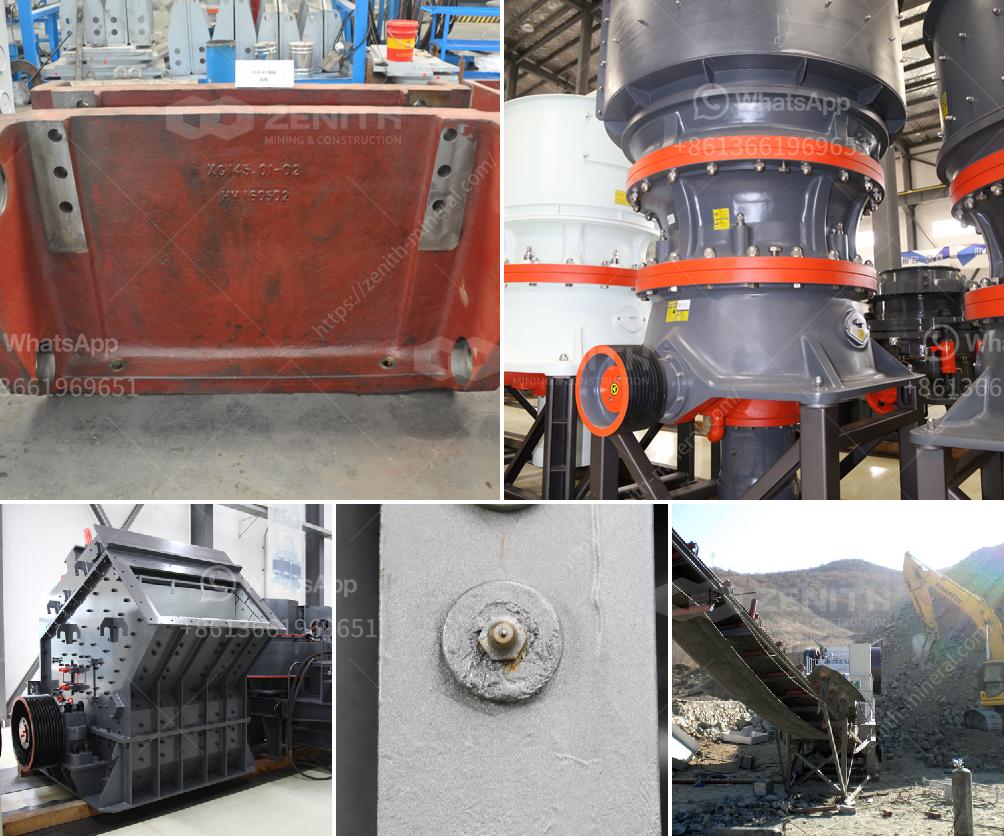Designing a 75 tonnes per hour (tph) hard rock gold mining plant requires careful consideration of the specific requirements and characteristics of the site and ore type. Here’s a general outline of the major components and processes that such a plant might include:
Components & Equipment:
-
Crushing Plant:
- Jaw Crusher: Primary stage to crush hard rock to a manageable size.
- Cone Crusher or Impact Crusher: Secondary and tertiary stage crushing for finer material.
-
Grinding Circuit:
- Ball Mill: For further size reduction of the ore.
- SAG Mill (if necessary): Semi-Autogenous Grinding for initial grinding stages.
-
Concentration System:
- Gravity Concentrators (e.g., Knelson or Falcon): To recover free gold particles.
- Spiral Classifiers: To separate fine particles.
-
Leaching Plant:
- Cyanidation Tanks: For gold recovery through the cyanide leaching process.
- Carbon-in-Leach (CIL) or Carbon-in-Pulp (CIP) Tanks: For gold adsorption on activated carbon.
-
Thickening and Filtration:
- Thickeners: For concentrating slurry and recovering water.
- Filter Presses: For final dewatering.
-
Elution and Electrowinning:
- Elution Columns: For stripping gold from activated carbon.
- Electrowinning Cells: For electro-deposition of gold from the eluent.
-
Tailings Management:
- Tailings Ponds or Dry Stacking: For waste disposal and water recovery.
-
Support Infrastructure:
- Pumps and Piping: For slurry and solution transport throughout the plant.
- Electrical Systems: Adequate power supply and distribution.
- Control Systems: Automation and process control for efficient plant operation.
Process Flow:
-
Ore Handling:
- Transport of mined ore to the crushing plant.
-
Crushing & Grinding:
- Reduction of ore size through primary, secondary, and tertiary crushing stages.
- Further size reduction through milling.
-
Gravity Concentration:
- Separation and concentration of free gold particles using gravity methods.
-
Leaching:
- Introduction of crushed and ground ore to leach tanks for cyanide leaching.
- Recovery of dissolved gold by absorption onto activated carbon (CIL/CIP).
-
Desorption & Electrowinning:
- Elution of gold from the carbon and subsequent electrodeposition.
-
Refining:
- Smelting of recovered gold to produce dore bars.
-
Tailings Disposal:
- Handling and disposal of tailings safely, ensuring minimal environmental impact.
Considerations:
- Ore Characteristics: Each ore is unique and requires tailored processing approaches.
- Environmental Regulations: Compliance with local environmental laws and regulations.
- Economic Factors: Ensure the plant design is cost-effective considering capital and operating expenses.
- Safety: Adequate safety measures for workers and equipment.
Conclusion:
A well-designed 75 tph hard rock gold mining plant involves a detailed understanding of ore characteristics, economic viability, environmental considerations, and safety regulations. Collaborating with experienced engineers and metallurgists is crucial to optimize the design and efficiency of the plant.


